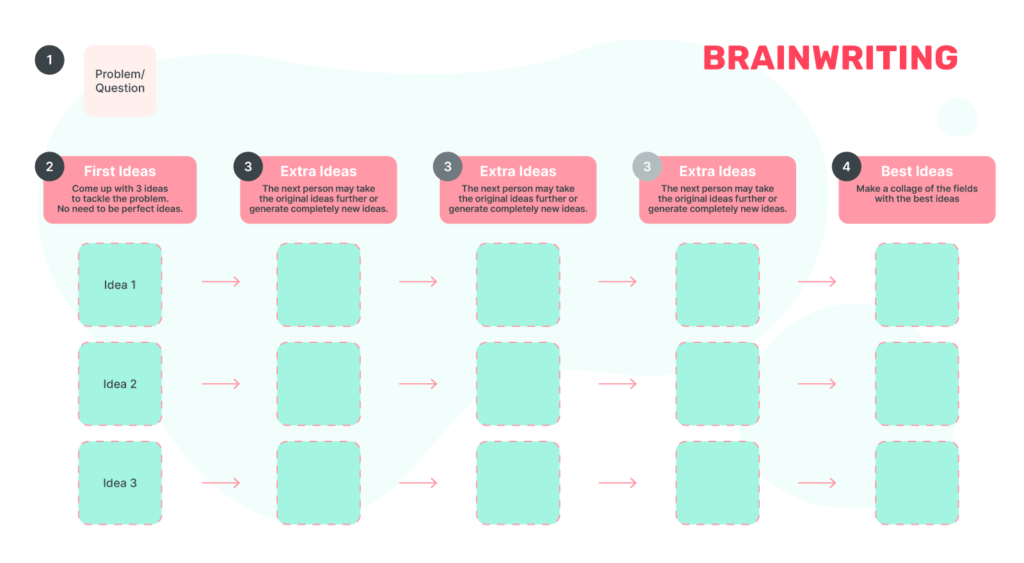Summarize this article via
For social media marketers, user attention and interaction are essential. While customer engagement is becoming increasingly difficult to achieve, many brands are addressing this challenge with new community management tactics.
Different phases of the community lifecycle require alterations in methods. Whether your brand gathers people for meetings and conferences, arranges excursions, and cooperates with opinion leaders — it is a great struggle to discover new tactics to boost involvement.
✨ Worth checking: The post covid future of community marketing
In this article, we will cover 2 ridiculously effective methods to grow an engaged social media community:
- Gamification
- Ideation
Social media community gamification tactic

As a community grows, you start thinking of strategies to improve engagement rates. Let’s discuss the first option — Gamification.
The word ‘gamification’ literally means ‘the practice of making activities more like games to make them more interesting or enjoyable. It can occur in digital ways and non-digital ways.
The purpose of gamification is to increase the involvement of participants and motivate them to achieve the goal. It is also a great method to attract new audiences. Community games not only involve the current members but also have a high viral effect. Participants willingly share their impressions and results in conversations with friends and subscribers on social networks.
The most common elements used in gamification are:
- Achievements (points, medals, bonuses) or badges: material or virtual reward for a performed action.
- Levels: a hierarchy of statuses.
- Leaderboards: tables displaying ratings of the most active and successful game participants.
- Virtual currency: funds that users receive for actions and can use in exchange for a product/service/discount.
Before you start developing a full-fledged game, you need to:
- Determine the need that the game should satisfy. What indicators do you want to achieve?
- Assess the target audience, types of “gamers” and their interests. What characters, quests, and rewards will they be interested in?
- Find a platform for implementation. Will you be building a website or app specifically for the game, or will you use social media or email?
Also, if you are looking for community management tools to battle engagement chaos? Read the article to discover how to find the best solution for your needs.
Online community ideation method
For you to grow your community, you need to keep your members invested in the engagement.
Allowing your online community members to submit and vote on ideas will enrich creativity, create conversations, build relationships, identify problems, and locate solutions.
However, it’s not always all fun and games. Social, economic, cultural, political, or environmental issues might create tension and conflict within your community. As a community manager; keep this in mind and make smart moves.
Action plan for community ideation tactic
- Conducting research via surveys, polls, and groups Q&A’s is a good and easy option. Statistically, the average response rate for survey responses is only 33%.
- Reaching out to your community members directly one by one is another option. You can call them, e-mail them or send Instagram direct messages. But since you’re reaching out to them one by one personalizing your message will yield better results.
- You can always create a discussion board for brainstorming. For example; there is a brainstorming technique that is called Brainwriting. It is when participants write down their ideas on a piece of paper or in the online world, on a google sheet per se, and give it to another person. This new person will work on elaborating the first person’s idea. You can set a time limit for each brainwriting round, and the number of rounds as well to keep it easy.
Here is an example of a Brainwriting template:

Conclusion
Without engagement, you won’t be able to establish a vibrant and thriving community. Make sure the people in your community acquire the skills, attitudes, and abilities for active participation. Create a community where people can learn how they can help themselves. Meanwhile, implement strategies both for the short-term and for long-term wins.




